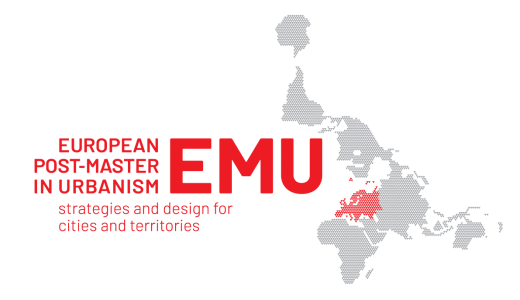Binding Modernities
Evgeniya Jane Bobkova
Mentors
Stephen Read (TUDelft) – Daan Zandbelt (TUDelft) – Paola Viganò (IUAV)
The contemporary urban landscape of Moscow is marked by extreme segregation between the work places, located mostly in the city center, and the residential areas gravitating towards the periphery. The aim of the project is to show how to reconstruct live and work relations in the city of Moscow, and to demonstrate how to deal with complex urban landscapes in the specific context of post-socialist cities.
The main analytical tool here is the study of the logic behind the historical transformations of Moscow, understood as the evolution of political-technological space. It is demonstrated through the analysis, that an uneven development of Moscow is a result of a constant upscaling of spatial relations between the space of production and space of inhabitancy through the bigger and faster infrastructures.
It is proposed that it is possible to make contemporary city more operative by extrapolating the principles of integration from organically developed, medieval city, that is overlapping infrastructures of different speed and creating nested urban centralities meaningful across several levels of scale.
Eastern periphery is chosen as the main space for action: it combines highly populated dormitory districts divided by the largest deprived industrial platforms. Accessibility to high population densities is seen here as the main potential for urban regeneration.
The planning strategy includes transformations of mobility systems into multi-modal ones, introduction of green carrying structures and redefining the sizes of urban grain structure.
On urban design level three case studies demonstrate how introduced planning principles create the spatial potential for the regeneration of industrial platforms and emergence of new mixed-use areas.





